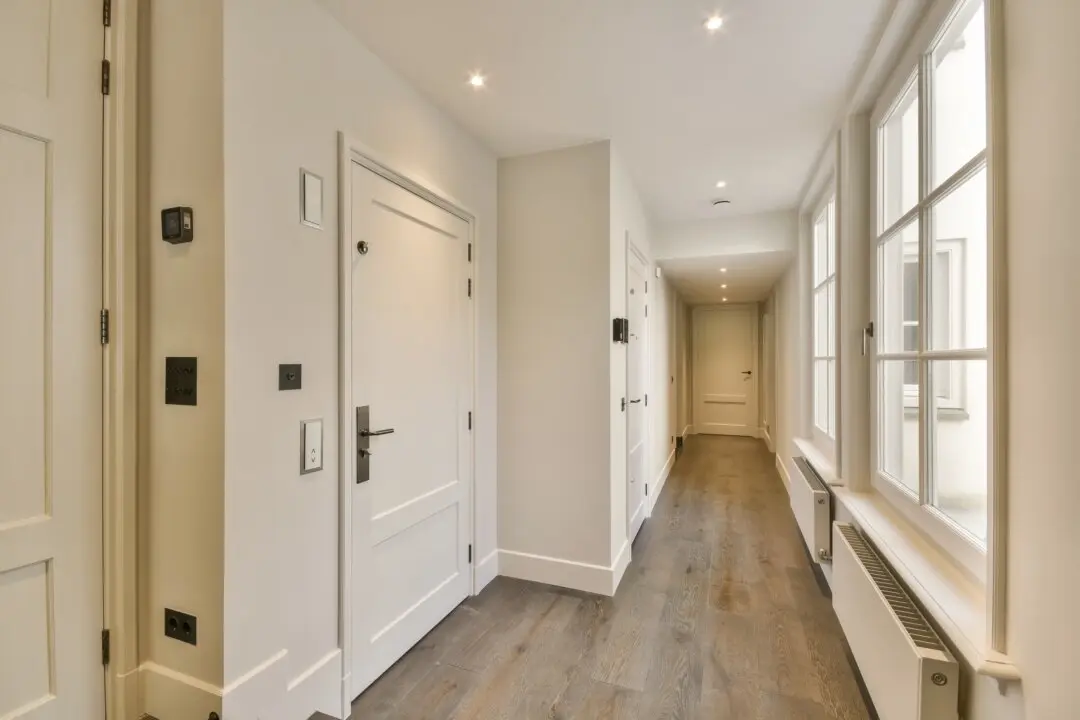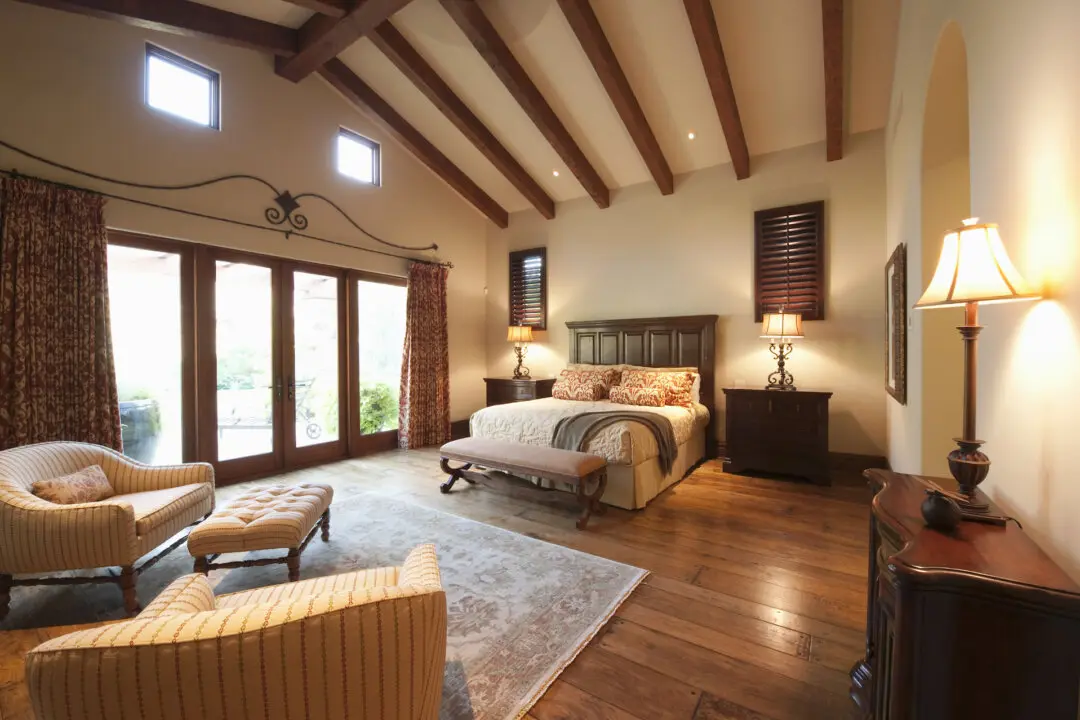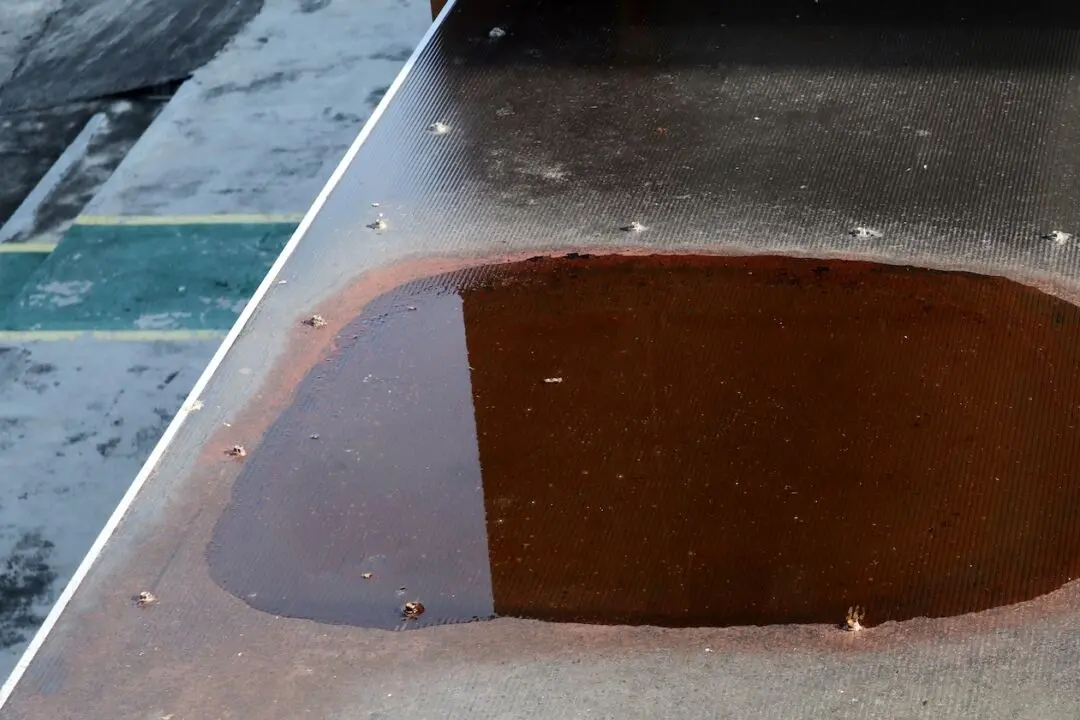Dear James: We have a storage room, and the drywall is pretty beaten up. I want to put paneling over the drywall. What panel choice is good, and how can I install over the drywall? —Randall K.
Dear Randall: The walls in a storage room can get damaged from hauling things in and out, and people are generally not too careful about avoiding dinging the walls. Drywall can easily be nicked and scratched, but if it is not badly damaged with big holes, you should be able to attach new paneling over it.





